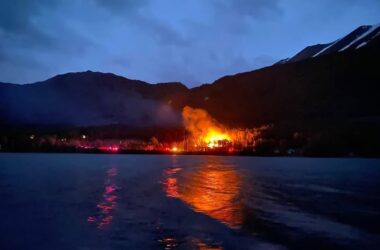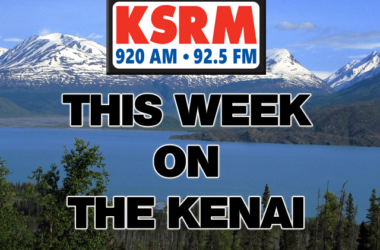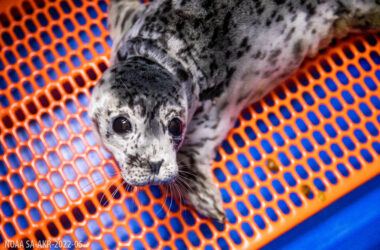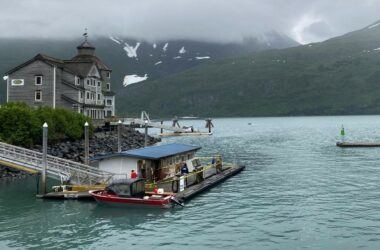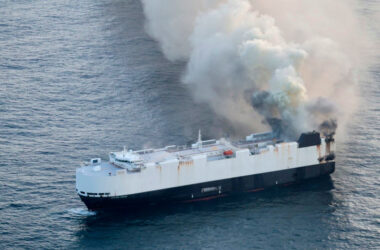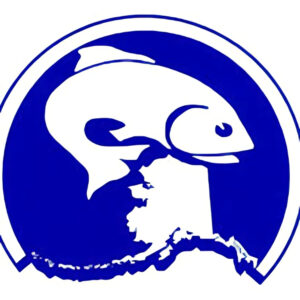
At its February meeting, the North Pacific Fishery Management Council evaluated the effectiveness of closing a large area – the Bristol Bay Red King Crab Savings Area – to commercial fishing with pelagic trawl, pot, and longline gear to address Bristol Bay red king crab stock and fishery declines. The Savings Area is already closed to bottom trawl gear. The Council also evaluated a pot gear closure of a large area in the eastern portion of Bristol Bay (NMFS Area 512) to meet the same objective. That area is already closed to all trawling.
The analysis provided to the Council highlighted results of new and ongoing research on the abundance and movement of Bristol Bay red king crab in and out of the areas at issue, and the expansive network of existing closed areas in the Bering Sea and Aleutian Islands for all trawl gear to protect crab, Steller sea lions, and benthic habitat. Recent survey efforts showed minimal overlap between the presence of crab and the areas where most of the pelagic trawl fishing occurs, and that the core areas occupied by female crab were further east where trawling is already prohibited.
The Council initiated action to evaluate modifications to the pelagic trawl gear definition with several objectives, including minimizing impacts on benthic habitat and species such as crab. The Council intends to use ongoing research to develop closures and crab avoidance measures that change in space and time to respond to seasonal crab movement and will be adaptable to evolving ecosystem conditions that affect crab distribution and abundance.
The Council did not move forward with continued evaluation of static area closures at this time because the analysis concluded that the benefits to red king crab resulting from such closures were uncertain and unquantifiable and that there would likely be no effect on the crab population. Also critical to the Council’s decision was the analysis’ finding that the proposed closures would result in increased bycatch of salmon, herring, halibut, and other crab species, as some fishing that currently occurs in the proposed closure area has yielded low bycatch and high catch of target species.
For more detailed information:
- Council Motion on Bristol Bay Red King Crab Closure Areas
- Link to the Analysis on Groundfish Area Closures within the Bristol Bay Red King Crab Stock
Assessment Area

